Christ on the cross sits enthroned in the center, surrounded by the sacred figures of the Virgin Mary, Saint John the Evangelist, Mary Magdalene, and a Roman centurion, all depicted in a pose of sacred emotion and tension. In the background, stylized architecture evokes the walls of Jerusalem, painted in a vivid red characteristic of the Cretan palette. The cracked floor reveals a skull in a cavity, a symbol of Adam and redemption.
Tempera on wooden panel, with a partially preserved gold leaf background. Pigments: Expressive use of red ochre, olive green, and deep blacks; white impasto highlights for the faces and the folds of the clothing.
Scenography: Controlled symmetry around the cross; hieratic figures and expressive gestures; the ample drapery of the clothing reflects a strong influence from Cretan workshops trained in Venice.
Composition: Stylized architectural background, schematic vegetation (two trees on each side), monumental central cross.
Iconography: The scene is enriched by major symbolic elements such as the cruciform halo, Christ's bleeding wounds, and the dramatic contrast between earthly pain and the celestial backdrop.
In the 16th century, the island of Crete was under Venetian rule. The Veneto-Cretan school established itself as an artistic melting pot, blending traditional Byzantine codes with Western influences (particularly those of the Italian Renaissance). Theophanes the Cretan, active between Crete, Constantinople, and Mount Athos, is one of the most prominent painters of this period, renowned for his powerful and mystical scenes, such as those depicted in this work.
Type: Religious icon (Crucifixion of Christ)
Origin: Veneto-Cretan School
Period: 16th century (circa 1550)
Medium: Tempera on wood panel, with traces of gilding
Dimensions: 26 x 21 cm
Condition: Very good condition considering its age; some superficial wear; very beautiful original patina.
Sixteenth-century Cretan icons occupy a central place in post-Byzantine art. They embody the transmission and transformation of the Orthodox heritage under Western influence. This piece, halfway between the Byzantine tradition and the Italian Renaissance, illustrates this stylistic hybridization of great historical and artistic richness.
This work is distinguished by:
The finesse of its execution,
Its rarity (small private format, not intended for liturgical use),
Its excellent condition,
Its strong decorative and devotional value.
Excellent Careful shipping
#AncientIcon #ByzantineIcon #VenetianCretanSchool #TheophanesTheCretan #CrucifixionOfChrist #Post-ByzantineArt #TemperaOnWood #SacredArt #ReligiousPainting #16thCenturyIcon #Proantic #ChristianIconography #VenetianCrete #ArtHistory #ChristianAntiquity


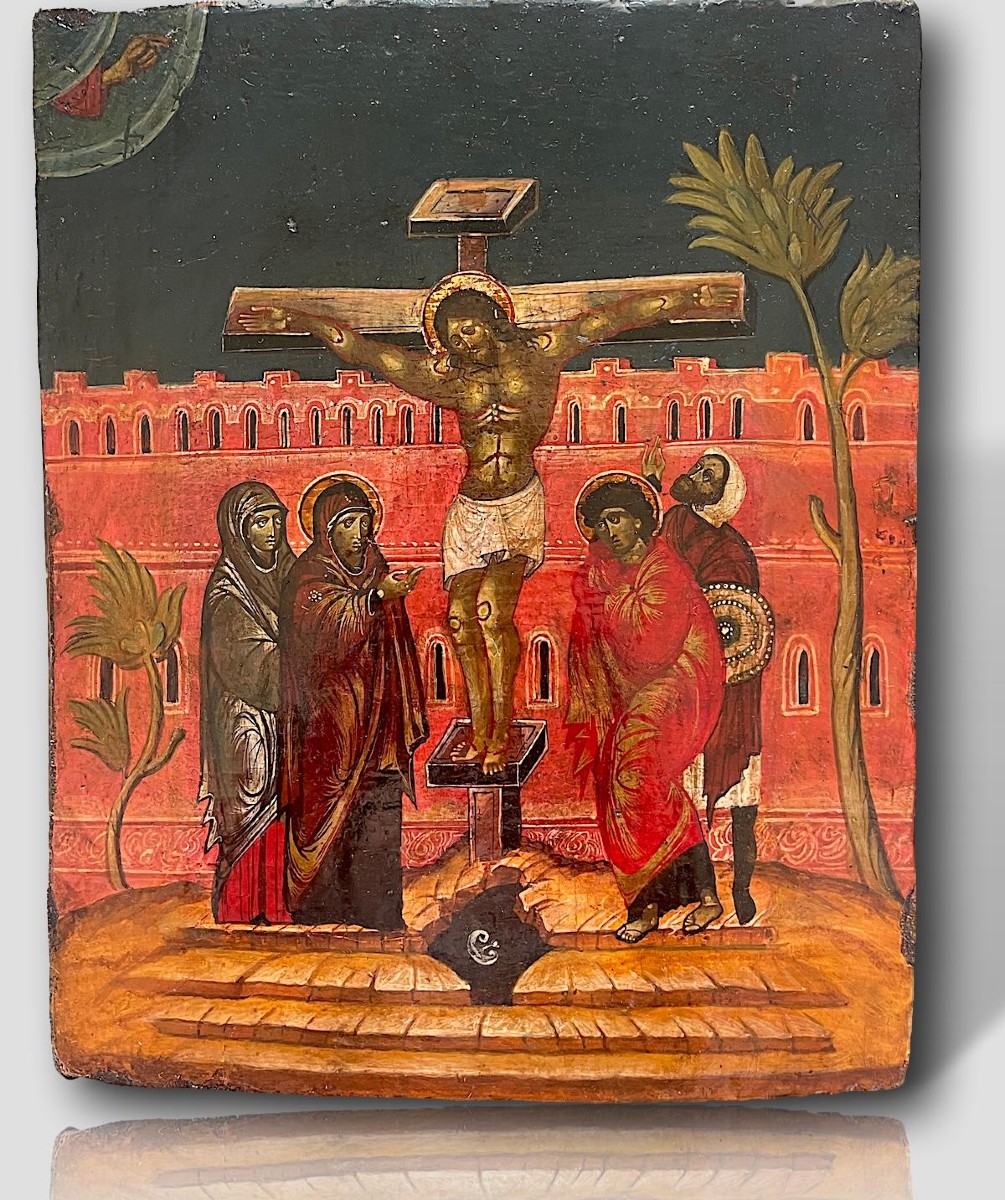
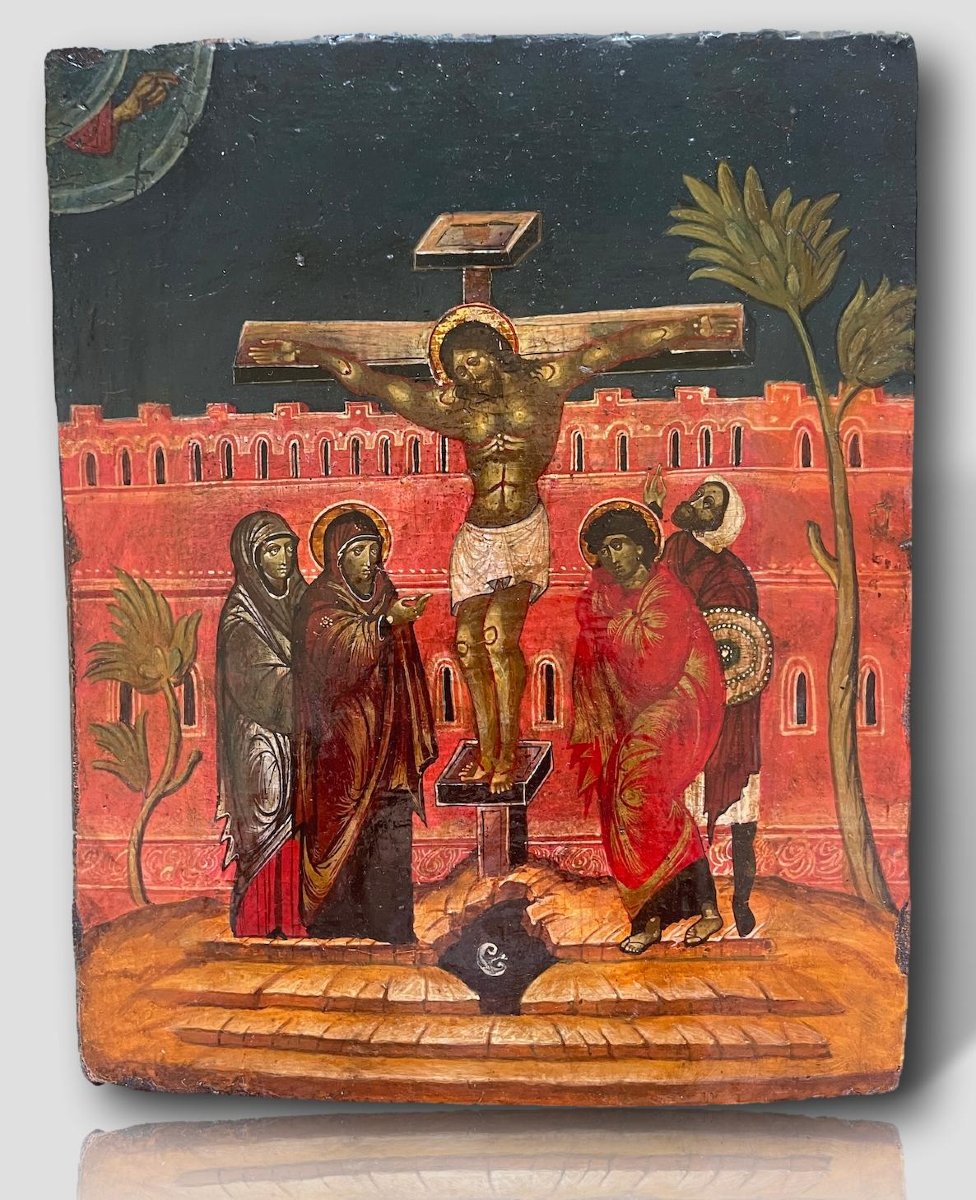


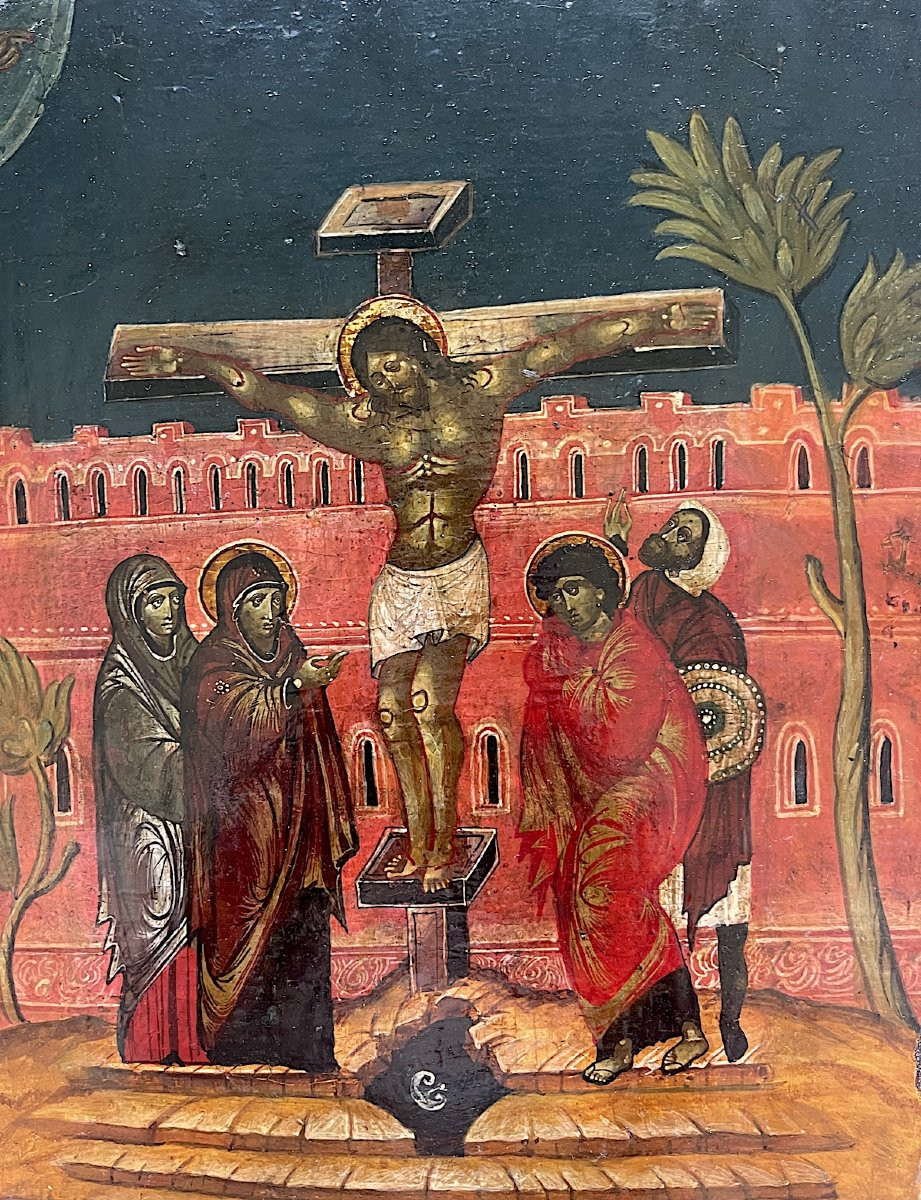

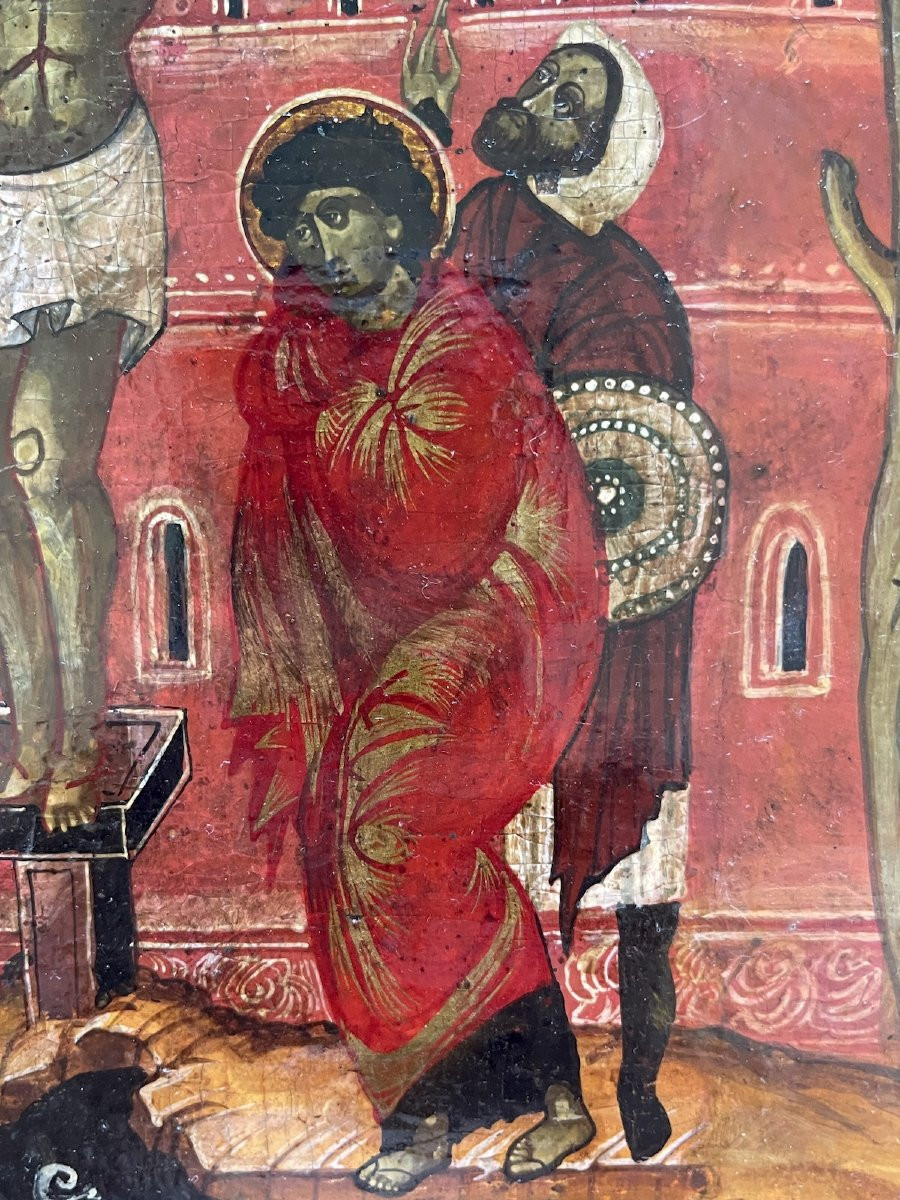
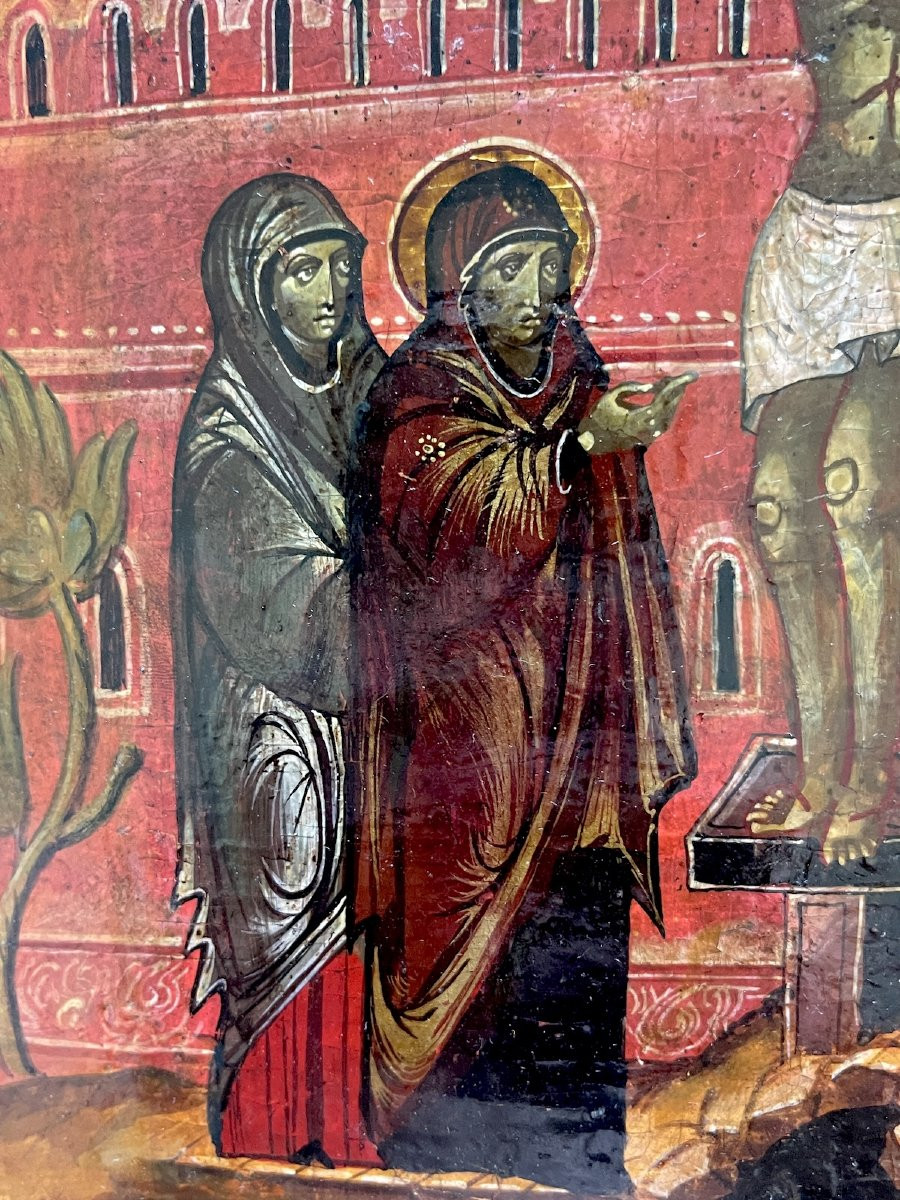










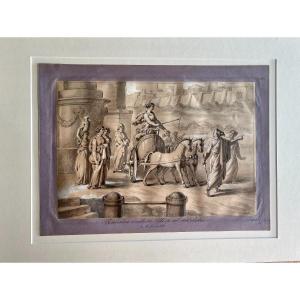

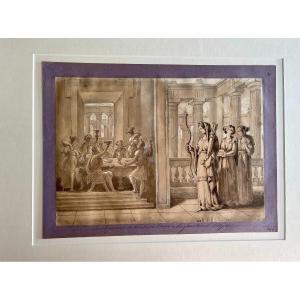














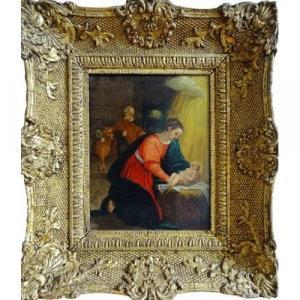
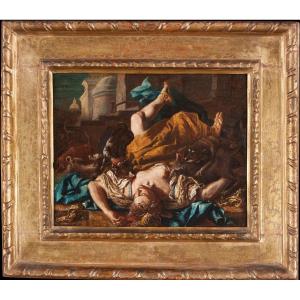



 Le Magazine de PROANTIC
Le Magazine de PROANTIC TRÉSORS Magazine
TRÉSORS Magazine Rivista Artiquariato
Rivista Artiquariato